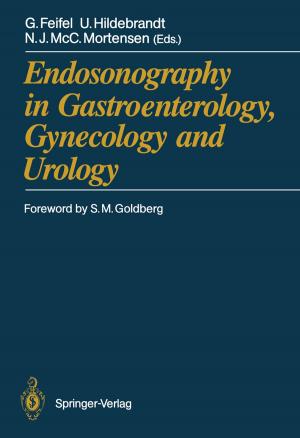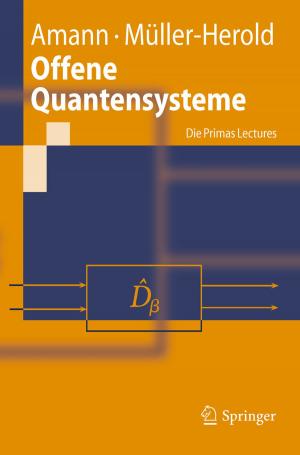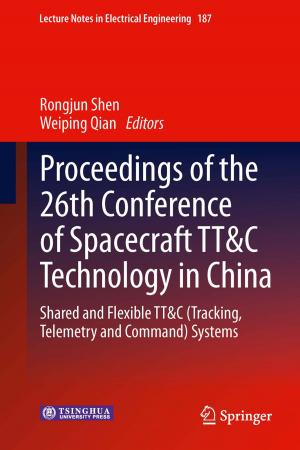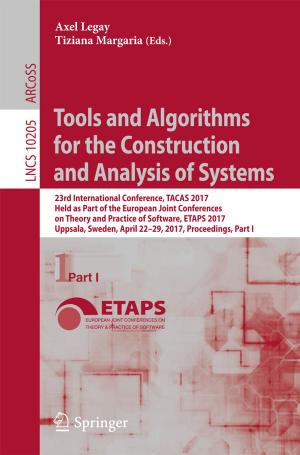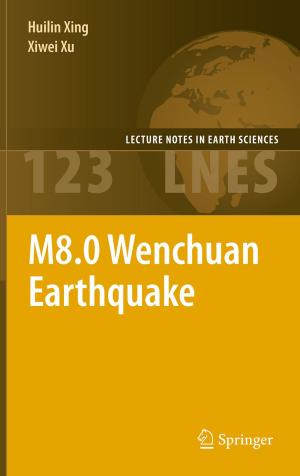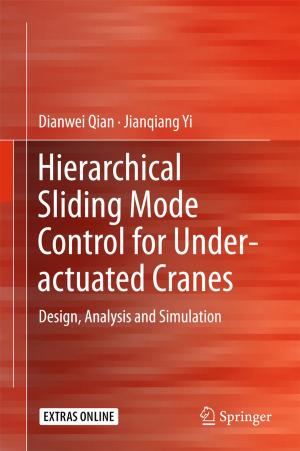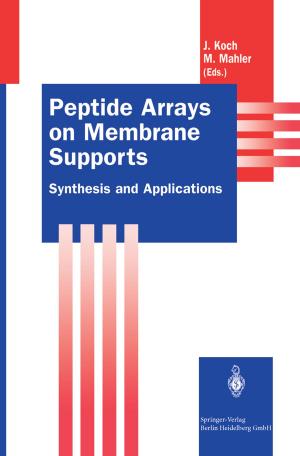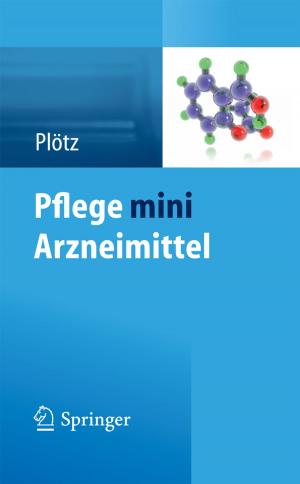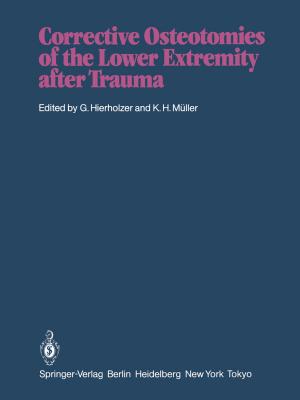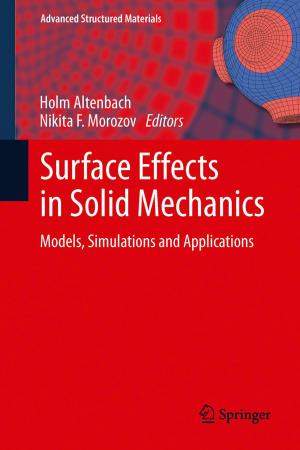Metasomatism and the Chemical Transformation of Rock
The Role of Fluids in Terrestrial and Extraterrestrial Processes
Nonfiction, Science & Nature, Science, Earth Sciences, Mineralogy| Author: | Daniel Harlov, Hakon Austrheim | ISBN: | 9783642283949 |
| Publisher: | Springer Berlin Heidelberg | Publication: | August 15, 2012 |
| Imprint: | Springer | Language: | English |
| Author: | Daniel Harlov, Hakon Austrheim |
| ISBN: | 9783642283949 |
| Publisher: | Springer Berlin Heidelberg |
| Publication: | August 15, 2012 |
| Imprint: | Springer |
| Language: | English |
Fluid-aided mass transfer and subsequent mineral re-equilibration are the two defining features of metasomatism and must be present in order for metamorphism to occur. Coupled with igneous and tectonic processes, metasomatism has played a major role in the formation of the Earth’s continental and oceanic crust and lithospheric mantle as well as in their evolution and subsequent stabilization. Metasomatic processes can include ore mineralization, metasomatically induced alteration of oceanic lithosphere, mass transport in and alteration of subducted oceanic crust and overlying mantle wedge, which has subsequent implications regarding mass transport, fluid flow, and volatile storage in the lithospheric mantle overall, as well as both regional and localized crustal metamorphism. Metasomatic alteration of accessory minerals such as zircon or monazite can allow for the dating of metasomatic events as well as give additional information regarding the chemistry of the fluids responsible. Lastly present day movement of fluids in both the lithospheric mantle and deep to mid crust can be observed utilizing geophysical resources such as electrical resistivity and seismic data. Such observations help to further clarify the picture of actual metasomatic processes as inferred from basic petrographic, mineralogical, and geochemical data. The goal of this volume is to bring together a diverse group of geologists, each of whose specialities and long range experience regarding one or more aspects of metasomatism during geologic processes, should allow them to contribute to a series of review chapters, which outline the basis of our current understanding of how metasomatism influences and helps to control both the evolution and stability of the crust and lithospheric mantle.
Fluid-aided mass transfer and subsequent mineral re-equilibration are the two defining features of metasomatism and must be present in order for metamorphism to occur. Coupled with igneous and tectonic processes, metasomatism has played a major role in the formation of the Earth’s continental and oceanic crust and lithospheric mantle as well as in their evolution and subsequent stabilization. Metasomatic processes can include ore mineralization, metasomatically induced alteration of oceanic lithosphere, mass transport in and alteration of subducted oceanic crust and overlying mantle wedge, which has subsequent implications regarding mass transport, fluid flow, and volatile storage in the lithospheric mantle overall, as well as both regional and localized crustal metamorphism. Metasomatic alteration of accessory minerals such as zircon or monazite can allow for the dating of metasomatic events as well as give additional information regarding the chemistry of the fluids responsible. Lastly present day movement of fluids in both the lithospheric mantle and deep to mid crust can be observed utilizing geophysical resources such as electrical resistivity and seismic data. Such observations help to further clarify the picture of actual metasomatic processes as inferred from basic petrographic, mineralogical, and geochemical data. The goal of this volume is to bring together a diverse group of geologists, each of whose specialities and long range experience regarding one or more aspects of metasomatism during geologic processes, should allow them to contribute to a series of review chapters, which outline the basis of our current understanding of how metasomatism influences and helps to control both the evolution and stability of the crust and lithospheric mantle.


